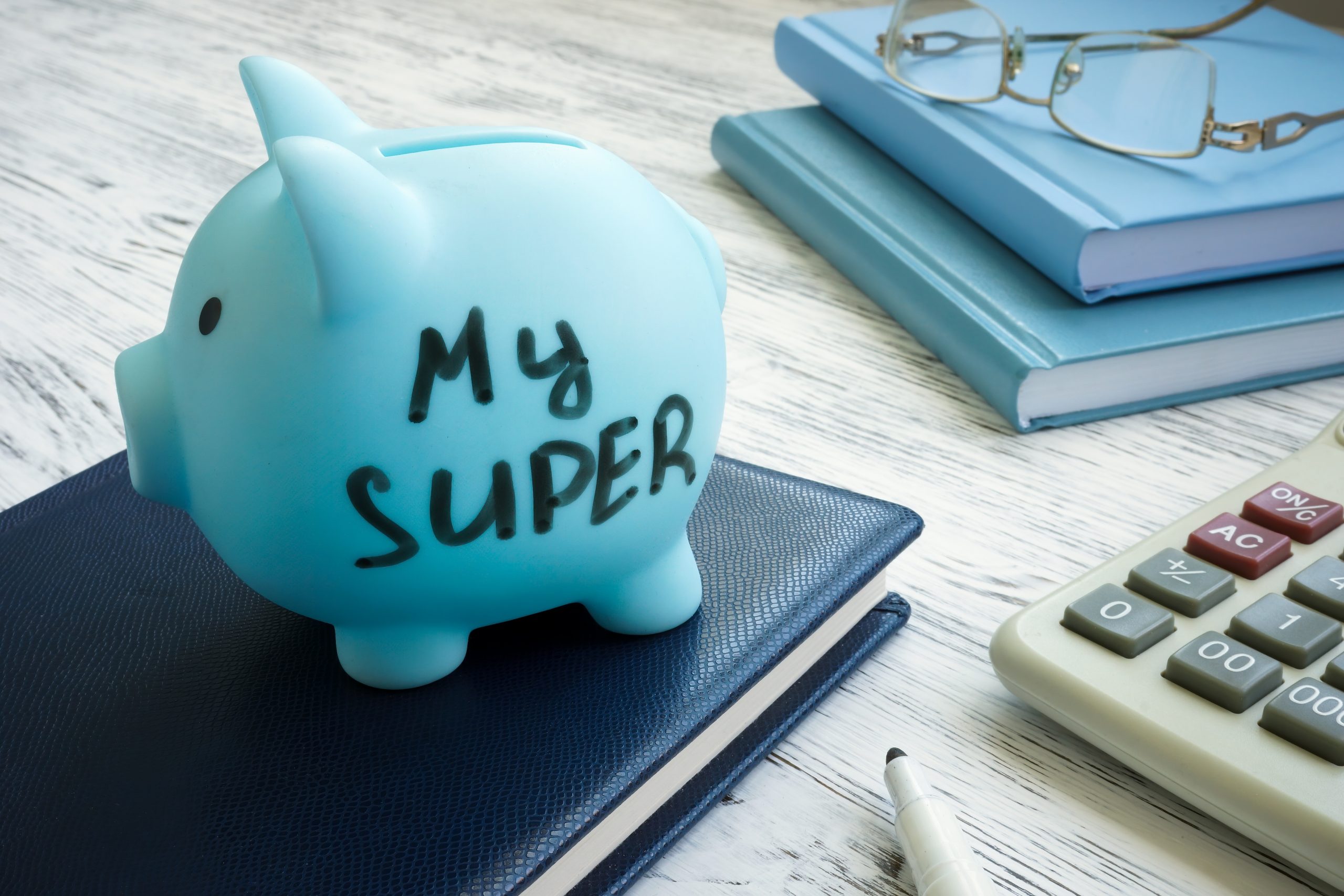Sam Bankman-Fried Denies Knowing Scale of Bad Alameda Bets
FTX’s co-founder says he made mistakes during his tenure at the helm of the cryptocurrency exchange but didn’t ever try to commit fraud
Sam Bankman-Fried said that he didn’t intend to commit any fraud or use customer funds to back leveraged bets that went wrong at Alameda Research, a cryptocurrency hedge fund attached to FTX that pushed the exchange to bankruptcy.
Mr. Bankman-Fried, speaking at the New York Times DealBook Summit in New York, denied knowingly commingling customer funds to back his crypto trading operation and tried to deflect some of the blame for FTX’s collapse away from himself, saying he was surprised at the size of Alameda’s bets that went wrong.
“I didn’t know exactly what was going on,” Mr. Bankman-Fried said via livestream from the Bahamas. “I learned a lot of these things as they were going on.”
The comments came at Mr. Bankman-Fried’s first known public appearance since he resigned from FTX and the firm collapsed into the largest-ever bankruptcy by a cryptocurrency platform.
FTX, long a chaotic mess despite its public image of stability, failed after dipping into customer funds to back billions of dollars in risky bets by Alameda, its affiliated trading firm. New managers hired to steer the firm through bankruptcy are only beginning to sift through FTX’s liabilities and hunt down assets that left it before it failed. The firm was plagued by an unprecedented lack of corporate controls, according to its new management, and cryptocurrencies deposited by millions of customers are still frozen on the exchange, with little indication of how much they will get back or when.
Appearing in a black T-shirt and drinking a LaCroix sparkling water during a roughly hourlong interview, Mr. Bankman-Fried repeatedly apologised for the collapse of FTX and acknowledged “core management failures” that led to a distraction from the basic business of ensuring that the exchange could protect customers’ money and had sufficient liquidity to meet withdrawals.
He also spoke about an extensive lobbying campaign in Washington designed to advance the firm’s interests, which has drawn scrutiny amid the firm’s collapse.
“There are things I felt like we needed to do for the business; there were things that were crucial for us to be able…to get regulated and get bank accounts,” Mr. Bankman-Fried said.
Responding to a question about whether FTX and Alameda were more closely connected than previously understood, Mr. Bankman-Fried said Wednesday that they were “tied together more than I would have ever wanted it to be.”
Mr. Bankman-Fried, however, maintained that he didn’t knowingly commingle FTX client funds. He said he started to get concerned late on Nov. 6 of problems with Alameda’s position on FTX and later that day started to get concerned that “things might end quite badly here.”
“Alameda’s position was big on FTX,” Mr. Bankman-Fried said.
Mr. Bankman-Fried had faced a rebellion from some Alameda employees years earlier in part over what they viewed as his cavalier approach to risk, The Wall Street Journal reported Wednesday. Since the firm’s collapse, he has maintained his residence in the Bahamas, where he relocated FTX in 2021, and is cooperating with local authorities over the wind-down of its operations in the country, according to court papers.
“Right now, I’m looking to be helpful anywhere I can with any of the global entities that want my help,” Mr. Bankman-Fried said on Wednesday about his cooperation with regulators over the collapse of FTX.
Customers of largely unregulated crypto platforms lack the safety nets such as deposit insurance that kick in when traditional banks and brokerages go under. The task of cleaning up after FTX and other recent crypto failures has largely fallen to U.S. bankruptcy courts, which have only begun to answer how crypto customers should fare in an insolvency.
Prosecutors in New York and the U.S. Securities and Exchange Commission are examining the firm’s collapse. The alleged misuse of customer funds has exposed Mr. Bankman-Fried, who also founded and owns Alameda, to potential criminal liability, according to experts in white-collar criminal law.
Mr. Bankman-Fried said Wednesday he believed most U.S. exchange customers should be able to recover their locked-up crypto but that FTX’s international customers may not be able to.
“I’m confused why FTX US isn’t processing withdrawals right now,” he said, adding that he believed it should be able to return all assets belonging to American customers.
Representatives for FTX’s new management didn’t immediately respond to a request for comment Wednesday. John J. Ray III, FTX’s new chief executive, has criticised Mr. Bankman-Fried for making “erratic and misleading” statements since he stepped away from the firm.
FTX suffered a “complete failure of corporate controls” according to Mr. Ray, who said in a bankruptcy-court filing that in his 40 years in the business of restructuring companies, including Enron, he has never seen anything as bad as FTX.
At FTX’s first appearance in bankruptcy court last week, lawyers for the company’s new management said Mr. Bankman-Fried ran FTX like a personal fiefdom that had little to no corporate governance or record-keeping.
Mr. Ray has also said that Mr. Bankman-Fried and his associates had used company money to buy themselves homes in the Bahamas and that management still can’t locate a substantial amount of FTX’s assets.
Mr. Bankman-Fried said his lawyers advised against him speaking in public on Wednesday, but he said he wanted to try to explain what went wrong at FTX.
“I have a duty to talk to people and to explain what happened,” he said. “I don’t see what good is accomplished by me being locked in a room pretending the outside world doesn’t exist.”
 Copyright 2020, Dow Jones & Company, Inc. All Rights Reserved Worldwide. LEARN MORE
Copyright 2020, Dow Jones & Company, Inc. All Rights Reserved Worldwide. LEARN MORE
This stylish family home combines a classic palette and finishes with a flexible floorplan
Just 55 minutes from Sydney, make this your creative getaway located in the majestic Hawkesbury region.
As Paris makes its final preparations for the Olympic games, its residents are busy with their own—packing their suitcases, confirming their reservations, and getting out of town.
Worried about the hordes of crowds and overall chaos the Olympics could bring, Parisians are fleeing the city in droves and inundating resort cities around the country. Hotels and holiday rentals in some of France’s most popular vacation destinations—from the French Riviera in the south to the beaches of Normandy in the north—say they are expecting massive crowds this year in advance of the Olympics. The games will run from July 26-Aug. 1.
“It’s already a major holiday season for us, and beyond that, we have the Olympics,” says Stéphane Personeni, general manager of the Lily of the Valley hotel in Saint Tropez. “People began booking early this year.”
Personeni’s hotel typically has no issues filling its rooms each summer—by May of each year, the luxury hotel typically finds itself completely booked out for the months of July and August. But this year, the 53-room hotel began filling up for summer reservations in February.
“We told our regular guests that everything—hotels, apartments, villas—are going to be hard to find this summer,” Personeni says. His neighbours around Saint Tropez say they’re similarly booked up.
As of March, the online marketplace Gens de Confiance (“Trusted People”), saw a 50% increase in reservations from Parisians seeking vacation rentals outside the capital during the Olympics.
Already, August is a popular vacation time for the French. With a minimum of five weeks of vacation mandated by law, many decide to take the entire month off, renting out villas in beachside destinations for longer periods.
But beyond the typical August travel, the Olympics are having a real impact, says Bertille Marchal, a spokesperson for Gens de Confiance.
“We’ve seen nearly three times more reservations for the dates of the Olympics than the following two weeks,” Marchal says. “The increase is definitely linked to the Olympic Games.”

Getty Images
According to the site, the most sought-out vacation destinations are Morbihan and Loire-Atlantique, a seaside region in the northwest; le Var, a coastal area within the southeast of France along the Côte d’Azur; and the island of Corsica in the Mediterranean.
Meanwhile, the Olympics haven’t necessarily been a boon to foreign tourism in the country. Many tourists who might have otherwise come to France are avoiding it this year in favour of other European capitals. In Paris, demand for stays at high-end hotels has collapsed, with bookings down 50% in July compared to last year, according to UMIH Prestige, which represents hotels charging at least €800 ($865) a night for rooms.
Earlier this year, high-end restaurants and concierges said the Olympics might even be an opportunity to score a hard-get-seat at the city’s fine dining.
In the Occitanie region in southwest France, the overall number of reservations this summer hasn’t changed much from last year, says Vincent Gare, president of the regional tourism committee there.
“But looking further at the numbers, we do see an increase in the clientele coming from the Paris region,” Gare told Le Figaro, noting that the increase in reservations has fallen directly on the dates of the Olympic games.
Michel Barré, a retiree living in Paris’s Le Marais neighbourhood, is one of those opting for the beach rather than the opening ceremony. In January, he booked a stay in Normandy for two weeks.
“Even though it’s a major European capital, Paris is still a small city—it’s a massive effort to host all of these events,” Barré says. “The Olympics are going to be a mess.”
More than anything, he just wants some calm after an event-filled summer in Paris, which just before the Olympics experienced the drama of a snap election called by Macron.
“It’s been a hectic summer here,” he says.

AFP via Getty Images
Parisians—Barré included—feel that the city, by over-catering to its tourists, is driving out many residents.
Parts of the Seine—usually one of the most popular summertime hangout spots —have been closed off for weeks as the city installs bleachers and Olympics signage. In certain neighbourhoods, residents will need to scan a QR code with police to access their own apartments. And from the Olympics to Sept. 8, Paris is nearly doubling the price of transit tickets from €2.15 to €4 per ride.
The city’s clear willingness to capitalise on its tourists has motivated some residents to do the same. In March, the number of active Airbnb listings in Paris reached an all-time high as hosts rushed to list their apartments. Listings grew 40% from the same time last year, according to the company.
With their regular clients taking off, Parisian restaurants and merchants are complaining that business is down.
“Are there any Parisians left in Paris?” Alaine Fontaine, president of the restaurant industry association, told the radio station Franceinfo on Sunday. “For the last three weeks, there haven’t been any here.”
Still, for all the talk of those leaving, there are plenty who have decided to stick around.
Jay Swanson, an American expat and YouTuber, can’t imagine leaving during the Olympics—he secured his tickets to see ping pong and volleyball last year. He’s also less concerned about the crowds and road closures than others, having just put together a series of videos explaining how to navigate Paris during the games.
“It’s been 100 years since the Games came to Paris; when else will we get a chance to host the world like this?” Swanson says. “So many Parisians are leaving and tourism is down, so not only will it be quiet but the only people left will be here for a party.”
This stylish family home combines a classic palette and finishes with a flexible floorplan
Just 55 minutes from Sydney, make this your creative getaway located in the majestic Hawkesbury region.






















